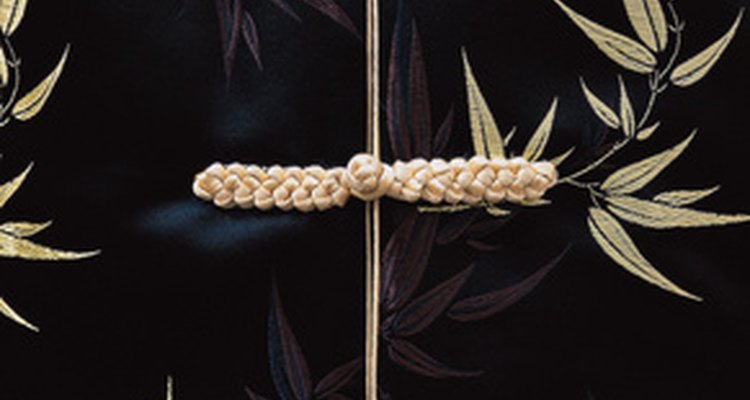
In China, a distinctive traditional dress is still worn by many at formal occasions. However, for everyday life, clothing has been modernized and, in many circles, westernized to make it more practical.
Traditional Clothing
There are three types of traditional clothing in China. All of these items use few stitches and are loose fitting with large sleeves. They are normally dark in color with intricate tapestry sew over the top.
The pien-fu looks like a tunic and is a two-piece ceremonial costume that is made up of a knee-length top and an ankle-length skirt or trousers. The ch'ang-p'ao is a one-piece long garment that goes over the shoulders and flows down to the feet. The shen-i is similar to the pien-fu in that in comprises a tunic and a skirt or trousers. However, unlike the pien-fu, the two items are sewn together.
Modern Clothing
Today, clothing in China uses a mix of traditional and modern ideas. Traditional motifs such as lions, deities and Chinese opera characters are often printed, woven or embroidered onto fabrics. Dragons, phoenixes and lightning are popular designs, particularly among the younger generation.
Formal Dress
At formal occasions women often wear the ch’i-p’ao, which is a modernized form of the traditional Ching Dynasty dress. This can come in a variety of widths, heights and lengths to suit all shapes and sizes. The skirt, sleeves and collar are often personalized with embroidery to make the garments distinctive. Men normally wear a traditional Chinese gown.
Clothing Accessories
Belts, necklaces and hair ornaments are increasingly becoming popular in Chinese culture. This is part of the Westernization of traditional Chinese cultural dress brought about by the opening up of China in the 1970's.
Clothing Trade
In 2001, China joined the World Trade Organization, and on Jan. 1, 2005, the final set of quotas on the Agreement on Textiles and Clothing (ATC) were abolished. Since these events, China's share of world textile trade has increased. According to the Congressional Research Service, between 2004 and 2005, world clothing exports increased by 6.4 percent but, in the same period, China's clothing exports increased by $12.3 billion, or 19.9 percent. China has now become a key player in the U.S. clothing market. Since 2001, China has overtaken Mexico as the leading supplier to the United States, increasing its market share from 11.9 percent in 2001 to 22.6 percent in 2006.
Related Articles

Hispanic Clothing History
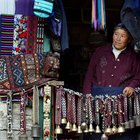
What Kind of Clothes Do They Wear in ...

What Kinds of Clothes Do They Wear in ...
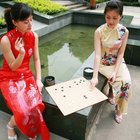
What Do Chinese Women Wear?

The History of Satin Fabric

Indigenous Clothes in Bolivia
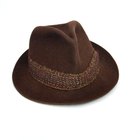
1950s Gangster Clothes

How to Determine Measurements for ...
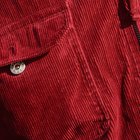
What Is the Difference Between Denim & ...

What Kind of Clothing Do Peruvians Wear?

The History of Cargo Pants

Making a Cummerbund
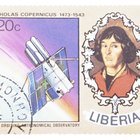
Liberian Fashions, Styles & Wedding ...

What Are Psychedelic Clothes?

How to Make Kilts

How Much of the World's Clothing Is ...

What Kind of Clothes Do El Salvadorans ...

Children's Clothes in 1915

How to Get Wrinkles Out of Nylon ...

What Does Couture Mean in the Fashion ...